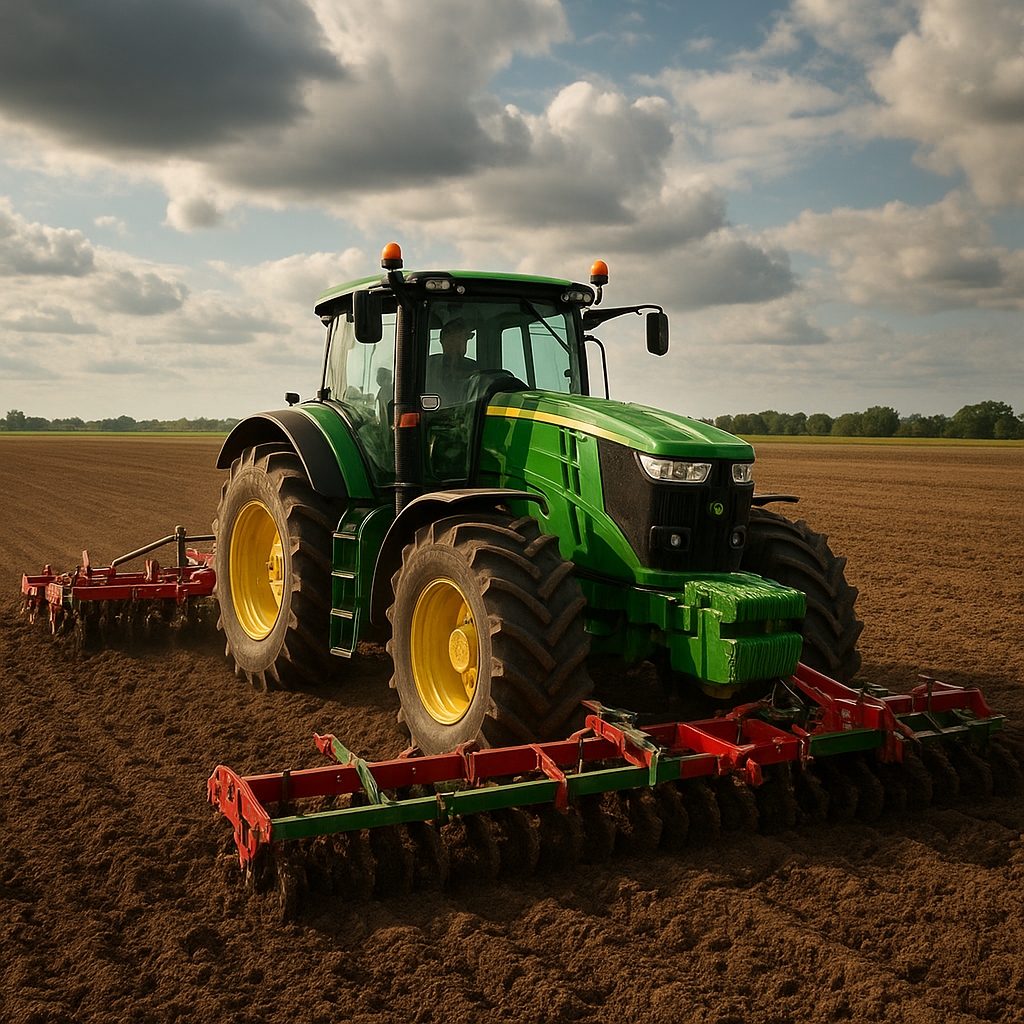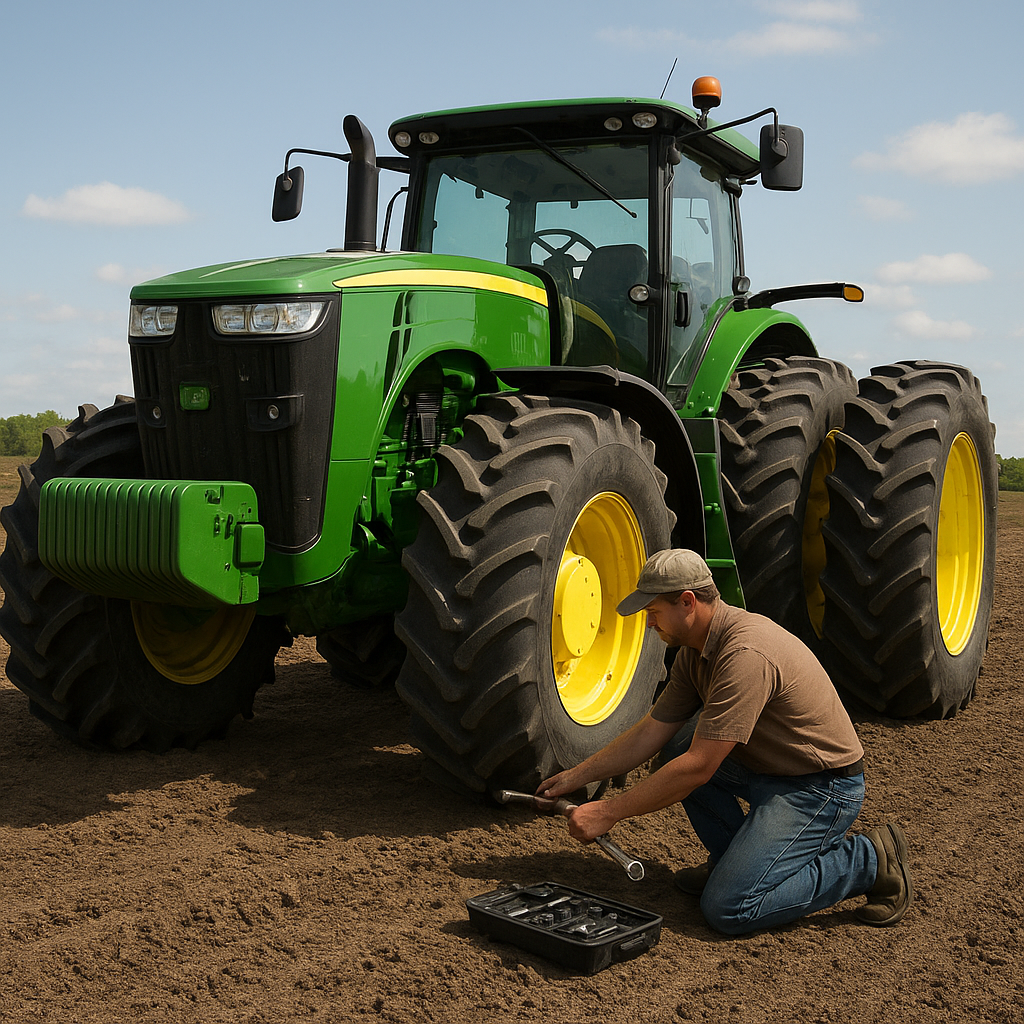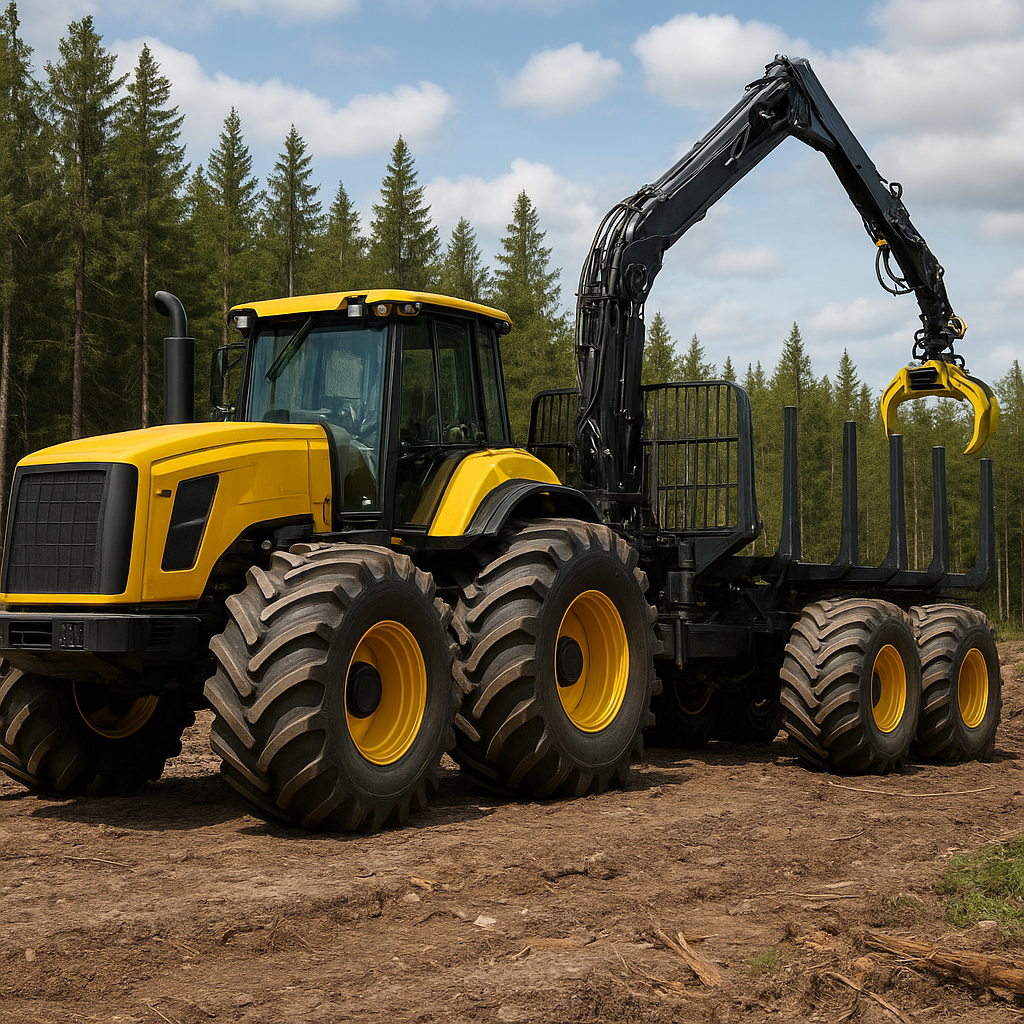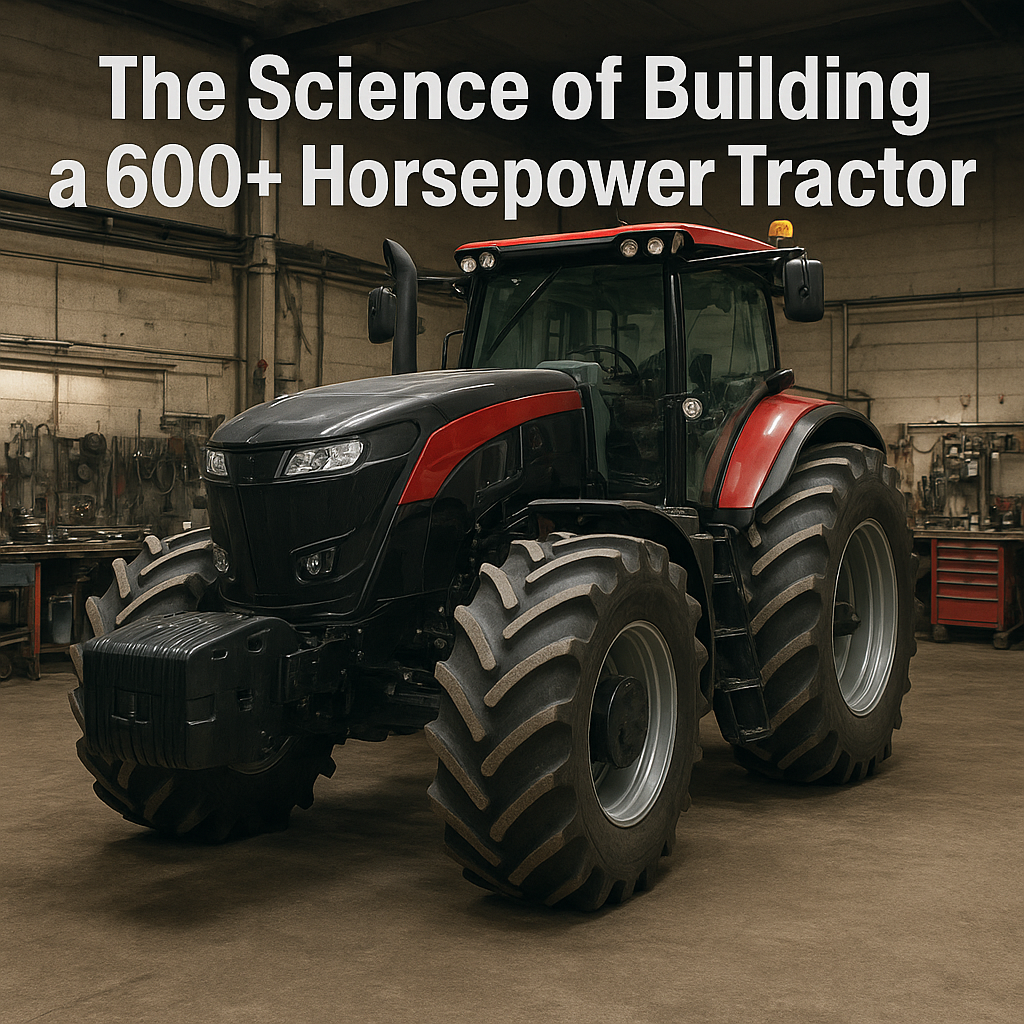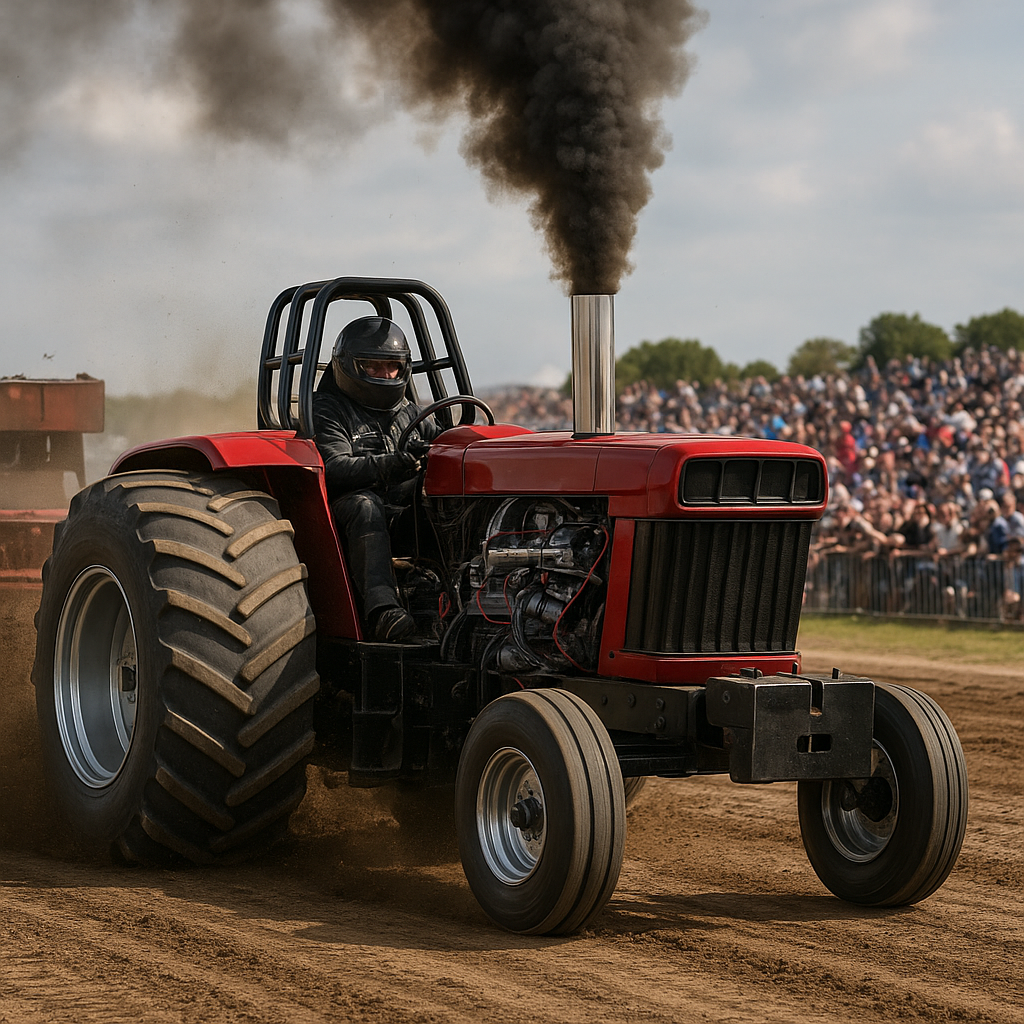From the vast fields of North America to the expansive plains of Europe and beyond, the evolution of agricultural machinery stands as a testament to human ingenuity. Tractors that once struggled through sticky mud and rugged terrain have now transformed into titans of the field, boasting record-breaking features that redefine what’s possible in farming. These machines, with their unprecedented horsepower and cutting-edge technology, have sparked a revolutionary wave across the industry, enhancing productivity while redefining the very face of modern agriculture.
Historic Giants: Early Powerhouses
The journey of record-breaking tractors began in the early 20th century, when steam engines gradually gave way to internal combustion. Manufacturers sought to boost plowing capacity while reducing manual labor. A few notable milestones include:
- Fordson F Series (1917): Often credited as the world’s first mass-produced tractor, the Fordson F delivered around 20 hp on a simple, robust chassis.
- Allis-Chalmers Model WC (1940s): Known for its versatility, the WC series brought adjustable tread widths and multi-gear transmissions to family farms.
- David Brown 995 (1960s): This British-made model crossed the 100 hp threshold, paving the way for high-power utility tractors in Europe.
Each of these early giants demonstrated that increasing mechanical efficiency and reliability could greatly enhance yields. Farmers witnessed firsthand how powerful engines could tackle heavier implements, streamline planting schedules, and reduce reliance on horses and manual labor.
Modern Marvels: The Most Powerful Tractors
As technology advanced, so did the quest for more horsepower and greater capabilities. Today’s record-breakers stretch the limits of engineering, combining brute force with precision controls.
Big Bud 747: The Legend
The Big Bud 747 remains an icon. Built in 1977 in North Dakota, this trailblazing machine boasted 1100 hp, earning the title of the world’s largest farm tractor. Key features include:
- Single-turbocharged Cummins KTTA38 engine
- Operating weight exceeding 100 tons
- Four-wheel steering for maneuverability
This monster plowed an acre of soybeans in under a minute under optimal conditions, demonstrating how scale could dramatically reduce fieldwork time.
John Deere 9RX Series
Introduced in the late 2010s, the John Deere 9RX lineup elevated contemporary expectations. With engines pushing past 620 hp and advanced tracks ensuring minimal soil compaction, farmers could:
- Maintain consistent traction on soft or uneven ground
- Monitor performance metrics in real time via integrated telematics
- Switch between various implements without major adjustments
Its blend of raw power and digital connectivity exemplifies the marriage of might and precision.
Fendt 1150 Vario
In Europe, the Fendt 1150 Vario takes center stage, delivering 517 hp through a continuously variable transmission (CVT). Its standout attributes include:
- Automated engine management for fuel savings
- Dynamic steering and camera systems for improved visibility
- Customizable operator environment with ergonomic controls
By focusing on operator comfort alongside raw power, Fendt proved that even the mightiest tractors must cater to human needs in prolonged field operations.
Technological Breakthroughs
Record-breaking tractors owe much of their prowess not just to larger engines, but also to pioneering innovation in control systems, materials, and automation.
GUIDANCE AND AUTONOMY
GPS-guided auto-steer and fully autonomous operation have blurred the line between man and machine. Key advances:
- RTK (Real-Time Kinematic) positioning achieves centimeter-level accuracy.
- Unmanned tractors can work in low-light or hazardous conditions.
- Remote monitoring via cloud platforms ensures instant alerts on performance.
These systems optimize fuel consumption, reduce operator fatigue, and enhance safety.
SMART IMPLEMENT INTEGRATION
Implement manufacturers now embed sensors and actuators directly into plows, seed drills, and sprayers. This synergy grants tractors the ability to:
- Automatically adjust depth and speed based on soil density
- Vary fertilizer or seed rates in real time according to field maps
- Self-diagnose mechanical issues and predict maintenance needs
Such synergy underscores the shift toward data-driven farming, where every pass in the field leaves a digital footprint for analysis.
Impact on Global Agriculture
Record-breaking tractors have fueled a transformation with far-reaching consequences for food production, labor, and the environment.
INCREASING YIELDS
Larger tractors cover more ground in less time, enabling:
- Timely planting across massive acreages
- Optimized tillage that preserves soil structure
- Precision application of inputs, reducing waste
Studies show that farms employing high-horsepower equipment can achieve yield increases up to 20% compared to traditional methods, thanks to improved field uniformity and timely operations.
MEETING LABOR CHALLENGES
With rural populations shrinking in many regions, unmanned and semi-automated tractors address labor shortages by:
- Operating continuously for 24-hour cycles
- Reducing the need for multiple seasonal hires
- Allowing a single operator to supervise several machines
This dynamic not only cuts costs but also raises the stakes for maintaining skilled technicians to oversee advanced systems.
ENVIRONMENTAL SUSTAINABILITY
Paradoxically, larger tractors can aid in sustainability by minimizing passes and reducing compaction through tracked systems. Additional benefits:
- Lower greenhouse gas emissions per acre due to efficient engines
- Reduced chemical runoff through precise applications
- Better conservation tillage practices enabled by high-end hydraulics
Manufacturers continue exploring alternative fuels, including biofuels and hydrogen, to further shrink carbon footprints.
Future Horizons: Even Bigger and Smarter
The pursuit of scale shows no sign of slowing. Emerging prototypes hint at tractors exceeding 1500 hp, employing hybrid drivetrains and full-machine learning integration. Imagine fleets of autonomous giants that coordinate in real time, share mapping data, and self-optimize for variable weather conditions. These forthcoming machines promise to:
- Link to satellite networks for predictive weather routing
- Self-adapt traction to sudden soil moisture changes
- Continuously learn from each pass to refine future operations
As these technologies mature, the line between a tractor and a mobile data center will blur, offering unparalleled productivity across the globe.

